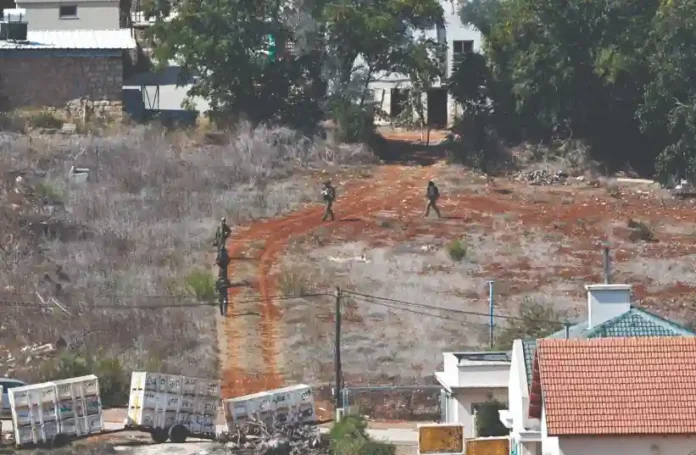A 5.2 magnitude earthquake struck central and northern Israel, along with surrounding regions, on Monday night, causing significant alarm and minor injuries.
The quake, which struck at a depth of 10 km (6.21 miles), was confirmed by the German Research Centre for Geosciences (GFZ) and Israeli media.
The tremor, felt across a wide area, prompted immediate panic among residents. In Salamiya, a town located approximately 30 km (18.5 miles) east of Hama city in Syria, locals fled their homes in fear.
Nasser Duyub, a state employee residing in Salamiya, described the chaotic scene. “My son was sleeping, I don’t know how I grabbed him and got out of the house,” Duyub recounted to Reuters.
The quake led to the collapse of a balcony, and ambulances were seen treating individuals who had fainted amidst the confusion.
The earthquake’s impact was reminiscent of the devastating 7.8 magnitude quake that struck the region in 2023, resulting in over 50,000 deaths—primarily in Turkey, but also causing significant casualties in northern Syria.
The recent tremor triggered immediate flashbacks for many residents still grappling with the aftermath of the previous disaster.
In Syria’s city of Hama, Health Director Maher Younis reported that at least 25 people sustained minor to moderate injuries due to stampedes following the quake.
Younis highlighted the urgency of the situation, stating that the earthquake’s tremors caused widespread panic among the local population.
Residents in Damascus, the Syrian capital, expressed their distress over the renewed seismic activity.
Umm Hamzah, a local resident, shared her harrowing experience: “It was the same sound, as if it was coming out of the earth. I got dizzy just like last time, but the scare was worse because I knew what happened the previous quake.”
The fear and anxiety in Damascus echoed throughout the region as the tremors resonated through already-affected communities.
In Israel, authorities have begun assessing the damage and coordinating emergency responses. No fatalities have been reported, but the quake caused infrastructure disruptions and prompted safety checks across affected areas.
Israeli media and scientific organizations continue to monitor the situation closely, providing updates on any further developments.
The regional response to the earthquake highlights the ongoing challenges faced by communities in the aftermath of natural disasters.
The recent quake serves as a stark reminder of the region’s vulnerability to seismic activity and the importance of preparedness and resilience in the face of such events.
As recovery efforts begin, both Israeli and Syrian authorities are working to address the immediate needs of those affected and to ensure the safety of their populations.
The earthquake underscores the need for continued vigilance and support for disaster-stricken areas, as they navigate the aftershocks of this latest seismic event.

